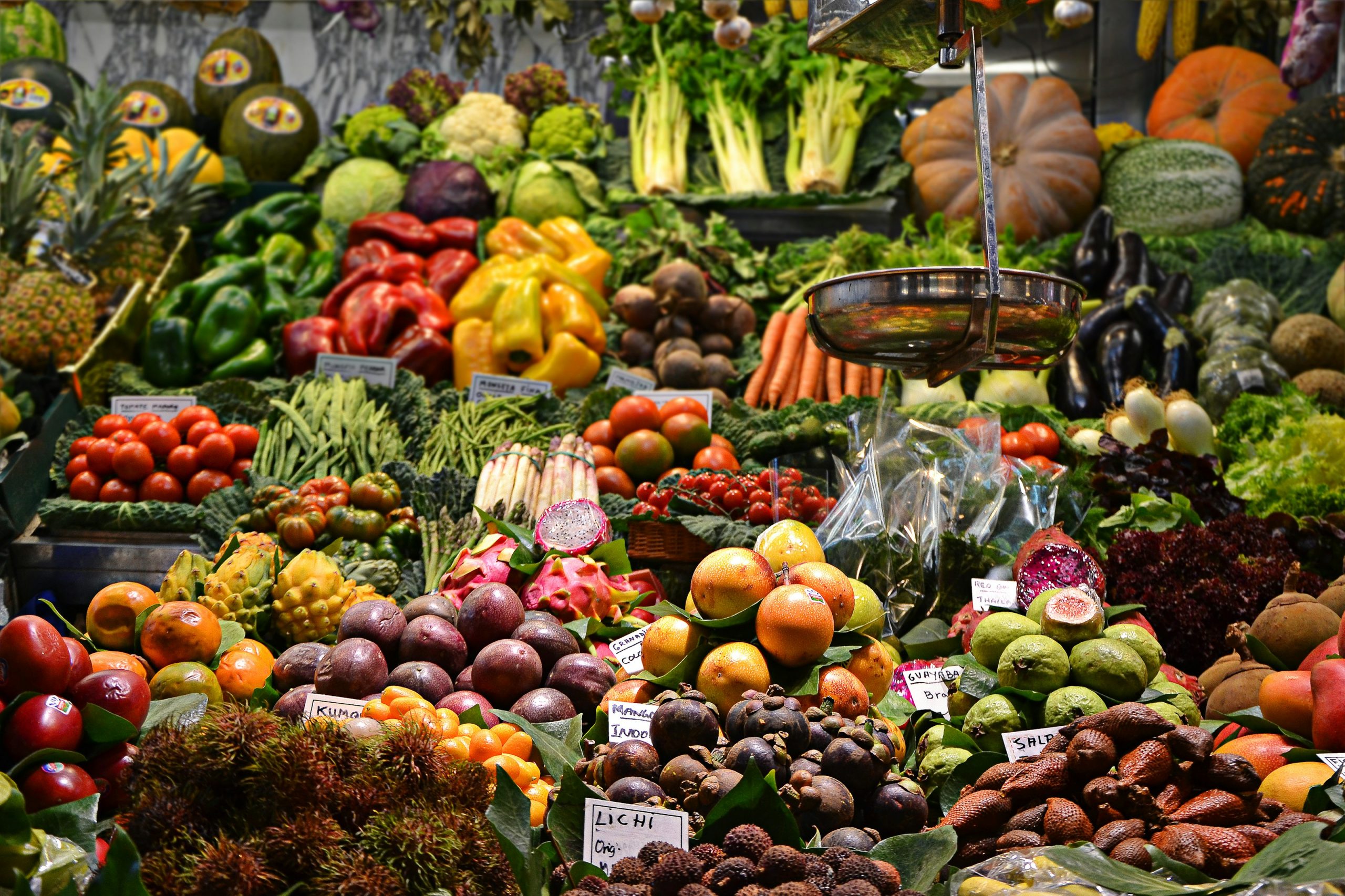For months now, Sam Ballas has kept a close eye on growing geopolitical tensions, particularly the Russia-Ukraine war. Even though he’s a business leader who resides more than 5,000 miles away in America, Balles knows such conflicts can – and often do – have a far-reaching impact.
“The conflict’s persistence could further disrupt supply chains and lead to pricing volatility, particularly for essential commodities like grains,” said Ballas, the CEO of North Carolina-based East Coast Wings + Grill.
Several global supply chain issues warrant close attention in the second half of 2024.
Geopolitical Instability: Prolonged tensions in the Middle East – especially the Israel-Palestine conflict – could lead to more oil volatility, Ballas said. Elevated oil prices not only affect transportation costs but also contribute to higher inflation, impacting both businesses and consumers.
Military conflicts, Ballas noted, can disrupt supply chains, leading to delays and increased costs. “These geopolitical tensions can affect everything from raw materials to finished goods,” the CEO said.
Consumer Behavior: Continued inflation has tempered consumer spending of late. And, as consumers tighten their budgets, retail and foodservice strategies will need to adapt, potentially leading to changes in inventory management and overall market dynamics.
Transportation and Logistics: Conflicts, particularly in key shipping regions like the Red Sea, have caused significant delays and rerouting of shipments this year.
“Inflated costs of transport and consequential production disruptions (due to shipping delays and supply shortages) prompted by the Red Sea shipping crisis (or the) Middle East crisis will continue to pose challenges for the industry this year,” Jena Santoro, senior manager of intelligence solutions at Everstream Analytics, recently told FI.
Additionally, recent discussions around tariffs have tightened the container market, complicating imports into the U.S. and potentially leading to further delays and cost increases, Ballas added.
Trade Policies: The potential for increased tariffs, particularly following the expiration of the Tax Cuts and Jobs Act in 2025 (explained in-depth here, by Investopedia), looms large. Recent tariff increases on China by President Biden’s administration and the potential for retaliatory measures could escalate trade tensions. Such tariffs, of course, can lead to higher prices for imported goods, further inflation, and disrupted global supply chains.
Severe Weather: Environmental factors continue to play a key role in supply chain disruptions. Last year’s drought in the Panama Canal region, for instance, reduced the volume of goods passing through that critical route. Similarly, droughts have impacted cattle markets, and the subsequent recovery could be lengthy.
The biggest global supply chain issue for the second half of 2024 will likely be related to extreme weather, according to Santoro.
“The Atlantic hurricane season is off to a destructive start with Hurricane Beryl, and weather forecasters predict an … active season with numerous severe events expected to impact the southeastern U.S., the Gulf of Mexico, the Caribbean, and South America,” she said. “Supply disruptions to citrus, produce, coffee, and sugar are possible.”
“These weather-related disruptions can have cascading effects,” Ballas said.
The Food Institute Podcast
In this episode of The Food Institute Podcast, IFDA President and CEO Mark S. Allen discussed the pressing challenges and innovative solutions in the foodservice distribution industry. Allen delved into topics such as labor shortages, transportation issues, technology advancements, and the importance of industry events like IFDA’s Solutions Conference.












